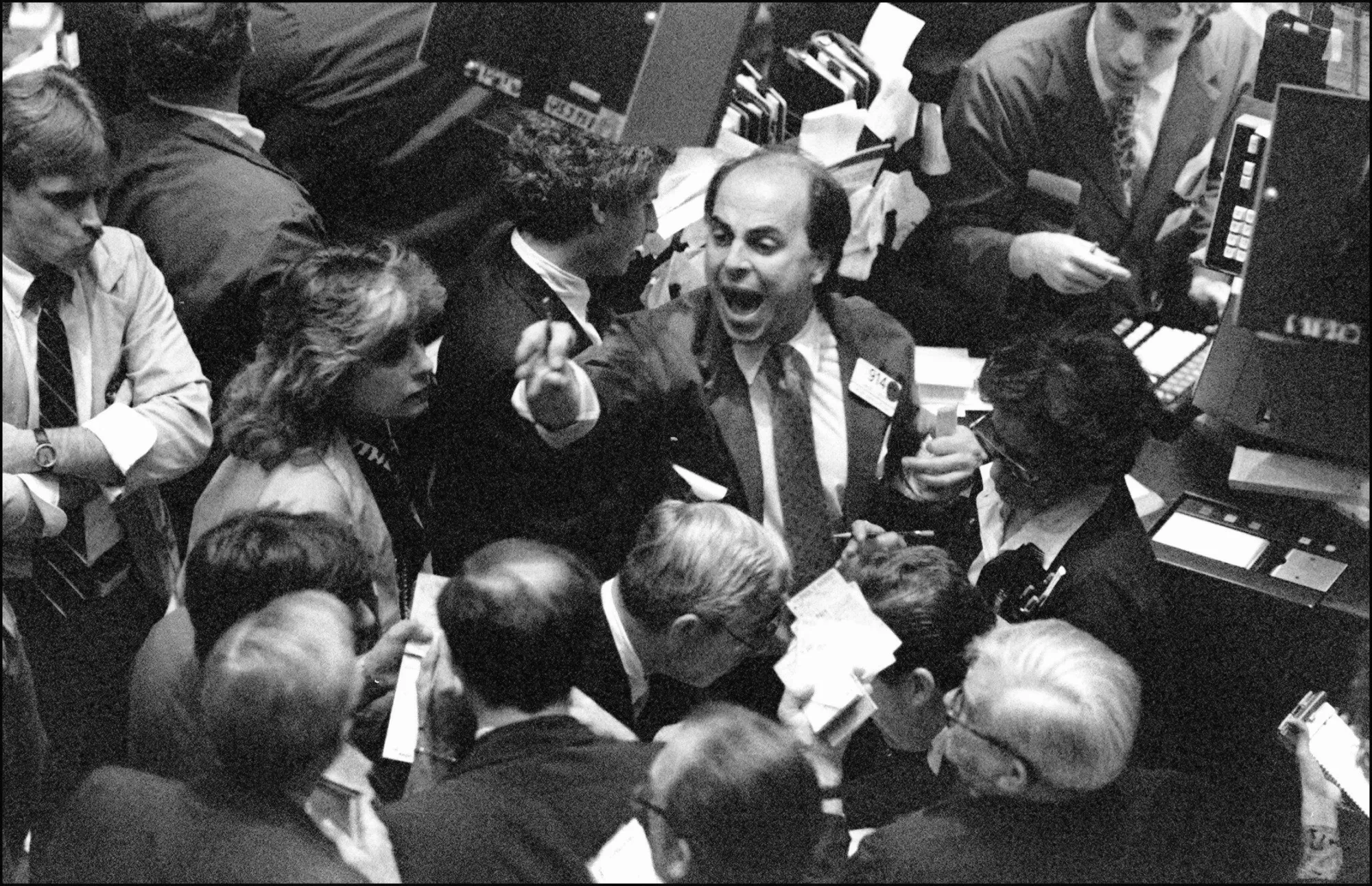Black Tuesday: The Stock Market Catastrophe That Sparked the Great Depression
05.11.2024 11:00 2 min. read Alexander Stefanov
The 'Roaring Twenties,' characterized by wealth and urban migration, ended abruptly as economic troubles emerged, particularly in Europe and the U.S. Scholars attribute this downturn to the Federal Reserve's decision to cut the money supply, leading to a decline in economic output.
Despite the risks, many believed the stock market would continue its upward trajectory. However, on March 25, 1929, a minor market crash triggered by the Federal Reserve’s warnings prompted rapid sell-offs, exposing market weaknesses.
Although banker Charles E. Mitchell briefly stabilized the situation with a $25 million credit pledge, economic indicators worsened, with declines in steel production, construction, and automobile sales. The market saw a temporary resurgence until a major crash began in October, following a prediction by financial analyst Roger Babson and the arrest of British investor Clarence Hatry for fraud.
The Great Depression soon plunged millions into hardship, with unemployment skyrocketing from 1.6 million in 1929 to 14 million by 1933—25% of the workforce. Many resorted to desperate measures for income, while those employed faced falling wages and unpaid government salaries. Hunger and homelessness surged, with over 250,000 families losing their homes and many becoming ‘hobos’ in search of shelter.
Federal efforts to provide emergency funding were met with frustration, leading to riots and protests demanding action against poverty. Meanwhile, World War I veterans, known as the ‘Bonus Army,’ gathered in Washington, D.C., seeking early bonus payments, only to be forcibly dispersed by military forces.
Farmers faced their own crises due to overproduction and falling crop prices, with wheat plummeting from 103 cents per bushel in 1929 to 38 cents by 1933, resulting in approximately 750,000 losing their land. The Dust Bowl further exacerbated their plight, forcing many to migrate west in search of work.
President Hoover’s response included limited aid programs, with the Reconstruction Finance Corporation providing loans and public works projects creating jobs. However, many citizens deemed these measures inadequate as frustration over poverty and unemployment persisted.
-
1
Elon Musk Says Congress Is Bankrupting America
04.06.2025 14:00 2 min. read -
2
Trillions in Debt Payments Could Break U.S. Economy, Ray Dalio Predicts
06.06.2025 12:00 1 min. read -
3
Trump Defends Tariffs as Legal Battles and Global Trade Talks Escalate
03.06.2025 21:00 2 min. read -
4
Wall Street Veteran Warns Tariffs Could Disrupt AI-Driven Market Rally
05.06.2025 12:00 1 min. read -
5
JPMorgan Warns U.S. Economy May Be Slowing Behind the Headlines
09.06.2025 11:00 2 min. read
Trump Targets Fed Over Missed Rate Cut Opportunity
The fallout from the Federal Reserve’s latest decision to hold interest rates steady has reached the political arena, with U.S. President Donald Trump launching a fierce attack on Chair Jerome Powell.
Fed’s New Projections Hint at a Slower Easing Cycle Through 2026
The Federal Reserve left its target range at 4.25–4.50 percent for a fourth straight meeting and quietly dialed back how much easing it expects through 2026.
UK Inflation Stalls at 3.4%, Spotlight Shifts to BoE’s August Meeting
Britain’s cost-of-living pulse barely budged in May, with headline CPI stuck at 3.4%—the same pace (after correction) seen in April, the Office for National Statistics said on Wednesday.
Fed Holds Fire on Rates, Signals Cuts Could Arrive if Jobs Falter
After wrapping up a two-day policy meeting, the Federal Reserve left its benchmark rate unchanged near 4.4 percent—exactly what markets had penciled in.
-
1
Elon Musk Says Congress Is Bankrupting America
04.06.2025 14:00 2 min. read -
2
Trillions in Debt Payments Could Break U.S. Economy, Ray Dalio Predicts
06.06.2025 12:00 1 min. read -
3
Trump Defends Tariffs as Legal Battles and Global Trade Talks Escalate
03.06.2025 21:00 2 min. read -
4
Wall Street Veteran Warns Tariffs Could Disrupt AI-Driven Market Rally
05.06.2025 12:00 1 min. read -
5
JPMorgan Warns U.S. Economy May Be Slowing Behind the Headlines
09.06.2025 11:00 2 min. read


